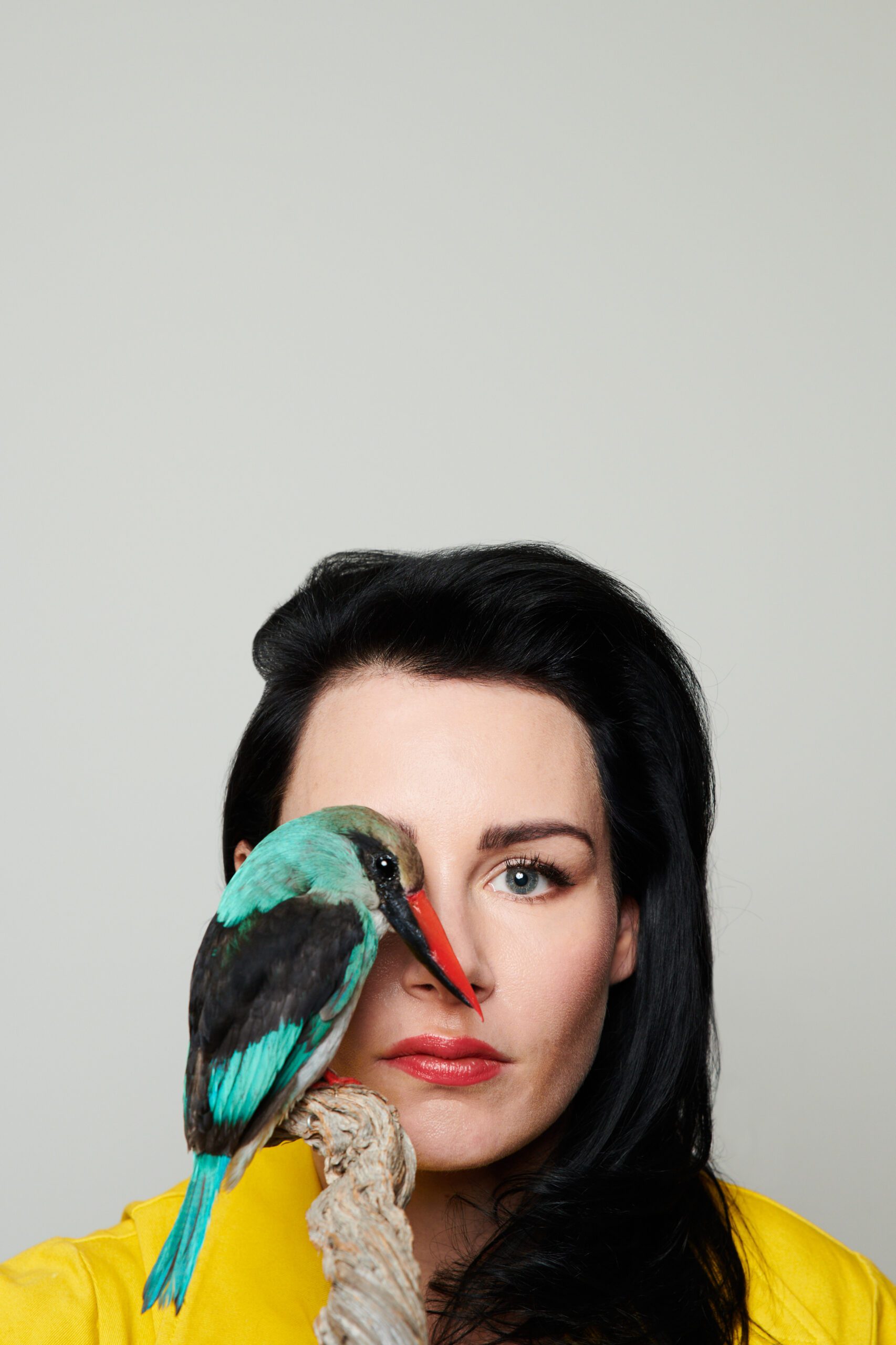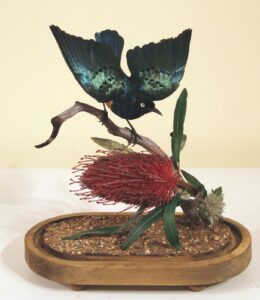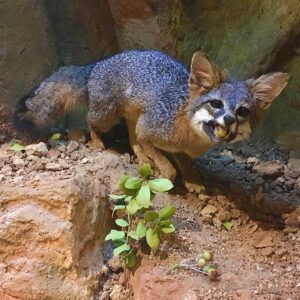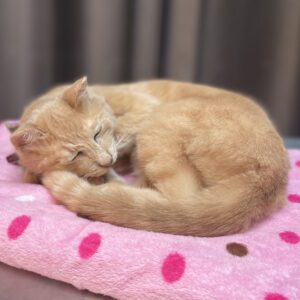
 This intensive workshop will be a hands-on immersion into the art and science of taxidermy for conservation and public education. Students will create taxidermy birds and mammals with techniques used in museums, utilizing custom forms and advanced methods for accuracy of any specimen they may work on in the future.
This intensive workshop will be a hands-on immersion into the art and science of taxidermy for conservation and public education. Students will create taxidermy birds and mammals with techniques used in museums, utilizing custom forms and advanced methods for accuracy of any specimen they may work on in the future.
Students will learn to skin animals, prepare skins, read reference materials, create custom forms/armatures, pose animals, assemble specimens, groom and finish the pieces for realism. We will also be teaching advanced techniques such as creating death-masks and molding & casting head forms in order to make both 3D reference and provide an incredibly accurate facial structure.
Our goal is that students leave with both finished work and the ability to practice the craft of taxidermy themselves.
All specimens will be by products from other uses; hunting for food or non-native pest control.
Participants will be housed in the remarkably well-preserved Umbrian hill town of Monte Castello di Vibio. Your workshop package is all-inclusive, providing welcome and departure services and airport transfer from the Rome Fiumicino, Leonardo Da Vinci Airport (FCO). Aboard our comfortable private bus, single occupancy accommodations with shared bath (a wide range of upgrades with private bath are available), 3 meals per day Monday-Thursday, Prosecco brunch and dinner on Saturday and Sunday (no meals are served on Friday, our excursion day. Your workshop includes one excursion per week and many additional options are available on weekends for an additional fee. Of course, 24/7 access to facilities and 24/7 bi-lingual support are provided.
This is a 2 week class covering both birds and mammals.

Bird taxidermy is its own unique craft requiring anatomical knowledge, technical skill and an artistic sensibility. In this intensive workshop, we will be teaching students all of these fundamentals utilizing museum techniques. This class is recommended for both beginners and those with taxidermy experience looking to learn Allis Markham’s museum techniques. Birds are also a perfect way to start learning taxidermy because students can go from frozen to finished all in one course. We will be working on Magpies and Crows locally collected as part of abatement / pest control; their deaths are not exclusively for this course. These species also lend themselves well to learning taxidermy and can create beautiful results with a lot of character. In fact, Allis has had the pleasure of creating and displaying both species for the Natural History Museum of Los Angeles.
We will begin with a discussion of Avian anatomy, how to obtain legal specimens and general techniques for working on birds. Students will be learning the skills of: skinning, fleshing, wiring, wrapped body creation, mounting, posing and grooming. All supplies, tools and specimens will be provided for your class. After the end of this course, students will be able to take their own Crow or Magpie home on a base. After the course ends, every student will receive a list of documents, including a list of steps, supplies, tools and video resources all to assist in gaining the knowledge to start their own projects at home.
The ICArts team will also assist students with the logistics of getting their final pieces home safely.
 The nature of Mammal taxidermy is far different from that of birds. Students will find this course to be more sculpting-centered with a large attention to muscle detail. This class is recommended for both beginners and those with taxidermy experience looking for a way to learn mammal taxidermy and the art of creating custom-made mammal mounts utilizing museum techniques.
The nature of Mammal taxidermy is far different from that of birds. Students will find this course to be more sculpting-centered with a large attention to muscle detail. This class is recommended for both beginners and those with taxidermy experience looking for a way to learn mammal taxidermy and the art of creating custom-made mammal mounts utilizing museum techniques.
In this class, we will be focusing on the taxidermy of two common North American mammals, the Grey Fox and the Striped Skunk. These were collected in the United States as part of abatement / pest control; their deaths are not exclusively for this course.
While these specimens are native to the US, we have taken great care to make sure our materials are all commonly available in Europe and around the world. For instance, we will be learning the very custom technique of wrapping the bodies of the animals instead of ordering commercial forms which may not be available outside of the US, and are not nearly as accurate as creating a form for your specific specimen. This technique is used often for more exotic museum specimens due to the lack of commercial forms for them and the ability to create a more accurate form when custom-made.

We will begin with a discussion of each animal’s anatomy, how to obtain legal specimens and general techniques for working on mammals. Students will start with tanned specimens (due to the process of tanning which requires weeks) but will be given a tutorial and documents on skinning and tanning.
In class, students will learn the skills of: measuring and wrapping forms, posing the forms for behavior and anatomical accuracy, custom-carving heads, Earliner-creation, skin fitting, creating/setting paws, sewing, facial details, and grooming/finishing work. We will also perform a demonstration on how to mold & cast for the creation death masks in order to create incredibly accurate headforms. All supplies, tools and specimens will be provided for your class. By the end of the class, students will take home their own Grey Fox or Skunk on a base. After the course ends, every student will receive a list of documents, including a list of steps, supplies, tools, formula for tanning, and video resources all to assist in gaining the knowledge to start their own projects at home.
The ICArts team will also assist students with the logistics of getting their final pieces home safely.
Departure day